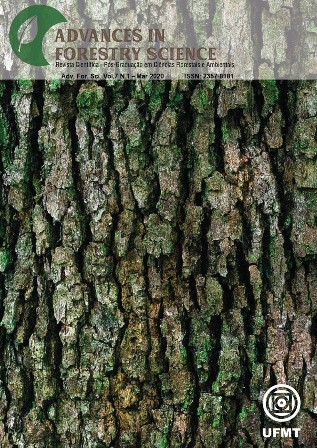The anatomy as a tool for the identification of the bark of Pterocarpus angolensis and Terminalia sericea
DOI:
https://doi.org/10.34062/afs.v7i1.9807Abstract
Pterocarpus angolensis and Terminalia sericea are two African species with medicinal potential. Despite the importance of their bark as a powerful astringent to treat various diseases it is poor described. In order to provide referential information for correct identification and standardization of the plant material, bark samples from each two species were collected and analyzed under light and electron microscopy. Some important anatomical features to identification were: the sclerenchyma tissue mostly in form of fibre-sclereids and the large secretory cells arranged in conspicuous rows or tangential bands in the conducting phloem in P. angolensis; the crystalliferous cells arranged in very regular tangential rows (druses) and the occurrence of large crystal cells near or including the tangential fibre bundles in T. sericea bark.
The results obtained show that the anatomy of the bark can be used as an important subsidy in identification and standardization of the studied species contributing the scientific knowledge for more effective forms of scrutiny in preventing commercial adulteration of species.
Downloads
Downloads
Published
Issue
Section
License
All copyright must be assigned to the Federal University of Mato Grosso.

